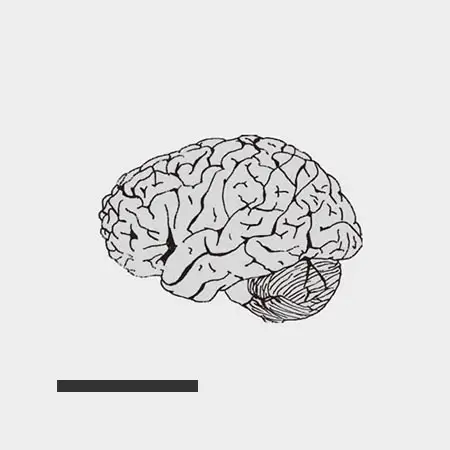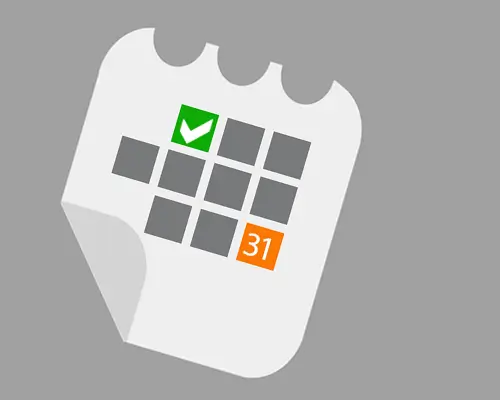
SECOND-HAND SMOKE: IT'S A STROKE RISK
Secondhand Smoke: A Silent Stroke Threat. Even if someone chooses not to smoke, passive exposure to secondhand smoke significantly increases the risk of stroke—a brain attack.
THE INVISIBLE CULPRIT
Secondhand smoke, also called involuntary smoking, refers to the smoke coming from a burning cigarette and the smoke exhaled by the smoker. This invisible, unsolicited threat contains over 7,000 notorious chemicals, many of them known carcinogens and toxins. How Secondhand Smoke Increases Stroke Risk
Research paints a concerning picture:
- Increased Stroke Risk: Studies show that exposure to secondhand smoke raises the risk of stroke by 20-30% in non-smokers. This highlights the significant threat posed by environmental tobacco smoke.
- Vulnerable Populations: Children and pregnant women are particularly susceptible to the harmful effects of secondhand smoke, potentially increasing their stroke risk even further.
- Global Impact: The World Health Organization (WHO) estimates that secondhand smoke exposure is responsible for around 1.2 million deaths annually, with a significant proportion being strokes.
Secondhand smoke is a serious health hazard that significantly increases the risk of stroke. By understanding the dangers and taking steps to create smoke-free environments, we can protect ourselves and others from this devastating health condition. Remember, a smoke-free environment benefits everyone!
